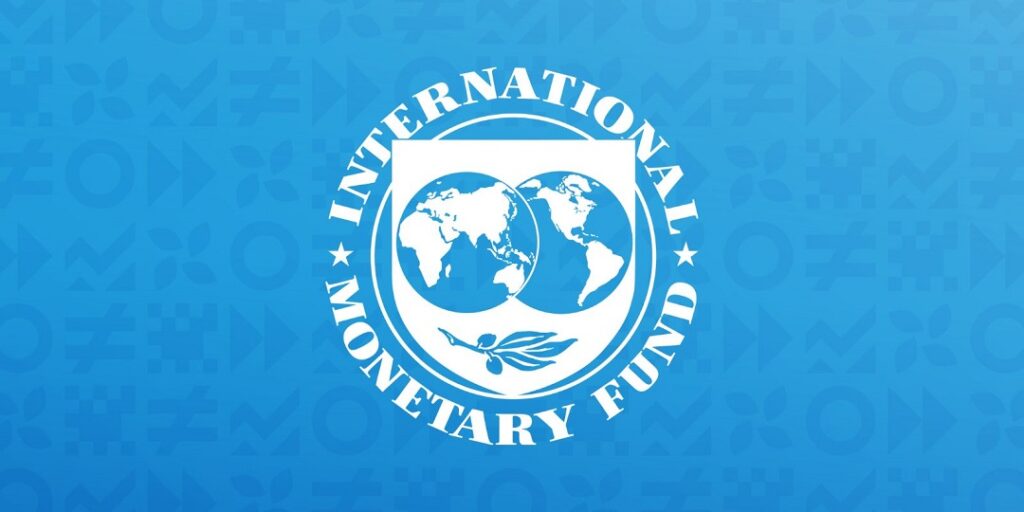ISLAMABAD: Pakistan’s economy is stabilizing under a stringent International Monetary Fund (IMF) program, but growth remains sluggish amid global uncertainty and domestic fiscal adjustments, according to a new IMF country report released Monday.

Pakistan’s GDP growth for fiscal year 2025 has been revised down to 2.6%, reflecting weaker-than-expected performance in the first half of the year, the IMF said.
However, monetary easing and structural reforms are expected to spur a rebound in the latter half of the year, with inflation projected to return to the central bank’s target range of 5–7% by FY26. The report highlights progress in reducing the current account deficit and stabilizing public debt, but warns of persistent risks, including high financing needs and external pressures.
Key Economic Indicators:
- Growth: FY25 GDP growth revised to 2.6% (down from earlier estimates), with a rebound to 3.6% projected for FY26.
- Inflation: Average CPI inflation is expected to drop sharply to 5.1% in FY25 from 23.4% in FY24, though temporary spikes may occur due to base effects.
- Current Account: The deficit has narrowed to 0.1% of GDP ($0.2 billion) in FY25, supported by resilient exports and strong remittances.
- Public Debt: Debt remains sustainable but faces near-term stress due to high financing needs.
Fiscal and Structural Reforms:
The government is targeting a primary surplus of 1.0% of GDP in FY25, backed by non-tax revenues and spending controls. Key measures include:
- Energy Sector Overhaul: Circular debt reduction through tariff adjustments, renegotiations with independent power producers, and privatization of inefficient power companies.
- Tax Reforms: Alignment of provincial agricultural income taxes with federal rules and a proposed bill to eliminate the non-filer tax category.
- SOE Governance: Reforms to improve transparency and compliance with the State-Owned Enterprises Act by June 2025.
Climate Resilience and IMF Support:
Under the Resilience and Sustainability Facility (RSF), Pakistan is implementing climate-focused reforms, including:
- Green Budgeting: Prioritizing climate-assessed infrastructure projects.
- Water Management: Digitizing irrigation revenue systems and introducing disaster risk financing.
- Energy Transition: Phasing in carbon levies and promoting electric vehicles to cut emissions.
The IMF has approved $1 billion in RSF funding, with disbursements tied to reform milestones.
Challenges Ahead:
Despite progress, risks loom:
- External Pressures: Limited access to commercial financing and reliance on multilateral support.
- Political and Implementation Risks: Delays in meeting structural benchmarks, such as SOE reforms and energy sector adjustments.
- Global Uncertainty: U.S. tariffs and weaker demand from trading partners could dampen growth.
Quote:
“Pakistan’s commitment to fiscal consolidation and structural reforms is commendable, but sustained efforts are needed to ensure long-term stability,” the IMF said in the report.
Looking Ahead:
The State Bank of Pakistan is expected to maintain tight monetary policy to curb inflation, while the government aims to broaden its tax base and attract foreign investment. The success of these measures will determine whether Pakistan can achieve its medium-term growth targets and reduce its debt burden.